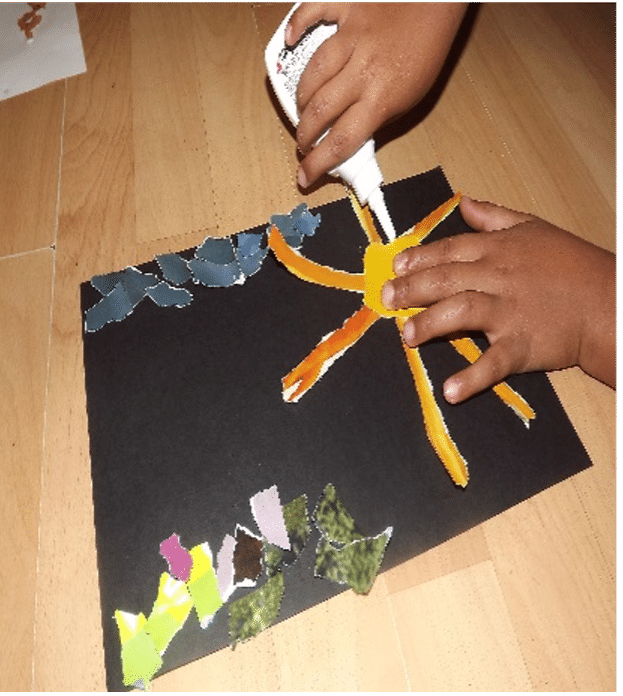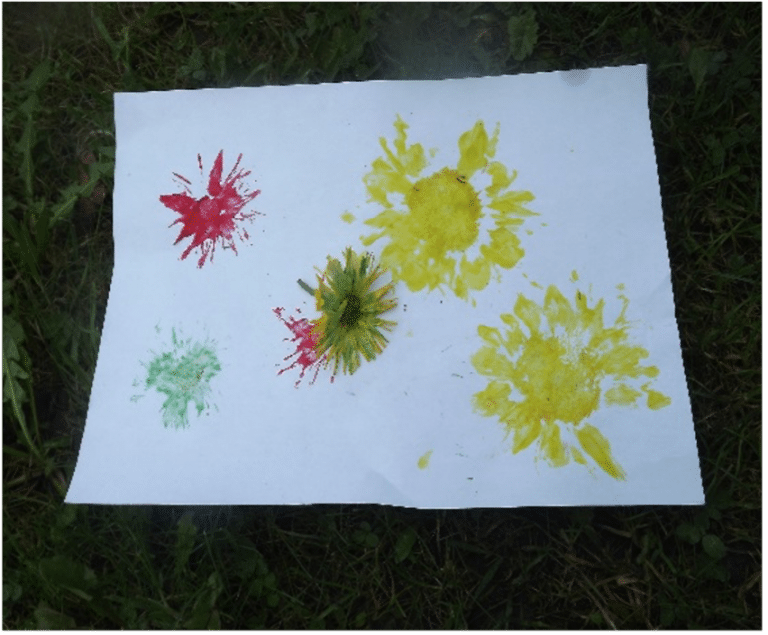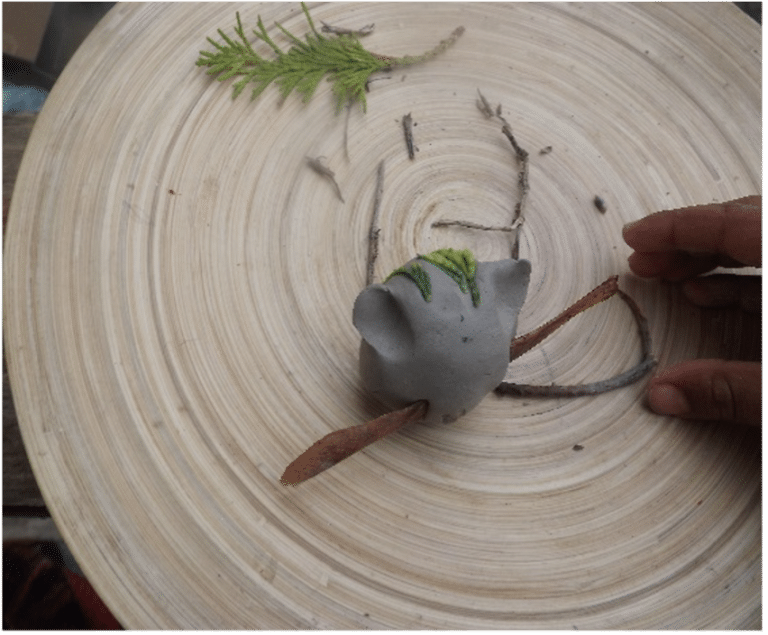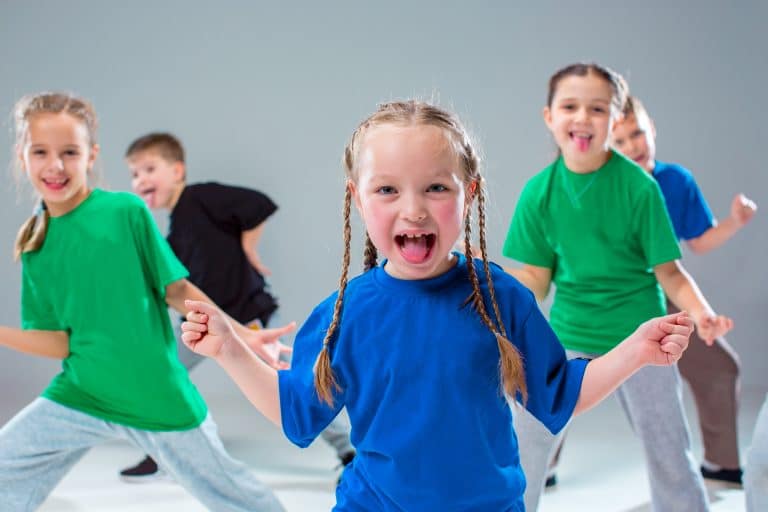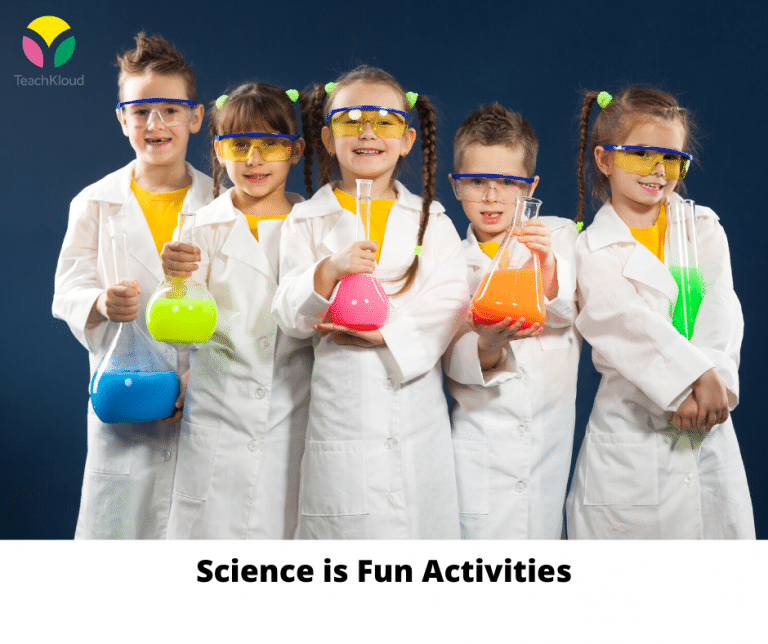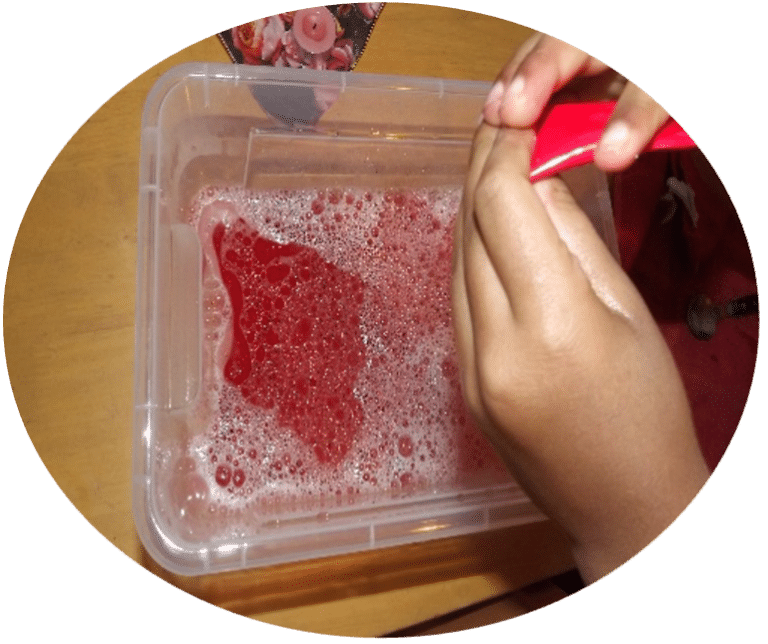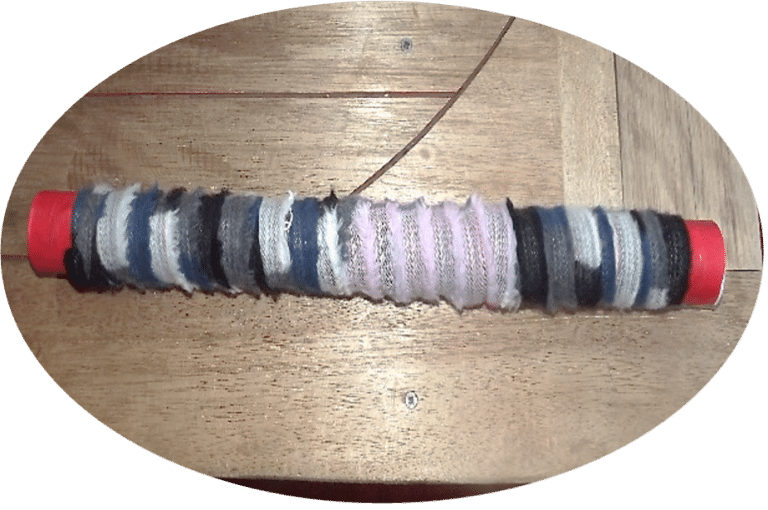There is so much to discover in art!
“Much like a patchwork quilt, inspiration that stirs and motivates me is made of many things” – Robert Reynolds
Materials
- Magazines
- Calendars
- Posters, Glue
- Paper/Cardboard
Learning Goals
- Expose children to a different way of working with paper. Introduce children to a simplistic version of patchwork and patterns
- Support children’s imagination and fine motor skills
- Provide an opportunity to experiment with shapes, colours, space, while learning about re-using materials
Process Description
Step 1
Prior to this learning opportunity, you can encourage children to bring old magazines or calendars from their home. During this activity, the educator can explain that instead of throwing away certain materials we can re-use them to protect our environment and reduce waste.
See the adaptation section below, for a fantastic video on plastic pollution and waste for children.
Step 2
Ask the children if they have you ever heard of patchwork before or collage making? Explain patchwork and show examples of quilts or patchwork art to the children to elicit curiosity.
Answer questions the children may have and draw attention to the secondary artistic pieces you show them (see picture 2 and 3 for some examples).
Step 3
The various colours can be placed in “colour-piles”, to easily use the paper pieces for the new design. Children may want to stick the ripped paper pieces on the paper how ever they think looks best.
Step 4
Give the children an opportunity to use and play with the materials own way. They may wish to sort the pieces of paper by shape, colour, size or place it on the paper in random orders.
Adaptation
The video below is a brilliant segue into plastic pollution and why we recycle. Children’s understanding may be based on their age and stage of development – use your knowledge of the child and expertise to determine how to adapt this learning opportunity. Introducing children to interesting and important topics, such as care for our environment, creates enriching conversations and learning opportunities.
Download this poster on preventing climate change – this can be used as a base to start interesting conversations on what small steps children and educators can do to make big changes.
Reflective questions
- What can we do to prevent plastic pollution?
- What small steps can we take to prevent climate change?
- Did the children enjoy the learning opportunity?
- What could I have done differently to enhance the learning experience?
Looking and responding
What type of patterns do you see? Have you seen that shape before? Tell me about your patch work design.
Do you recycle at home? What type of things can we re-use?
Author Bio

TeachKloud is a cloud-based management platform for early childhood educators and parents!
